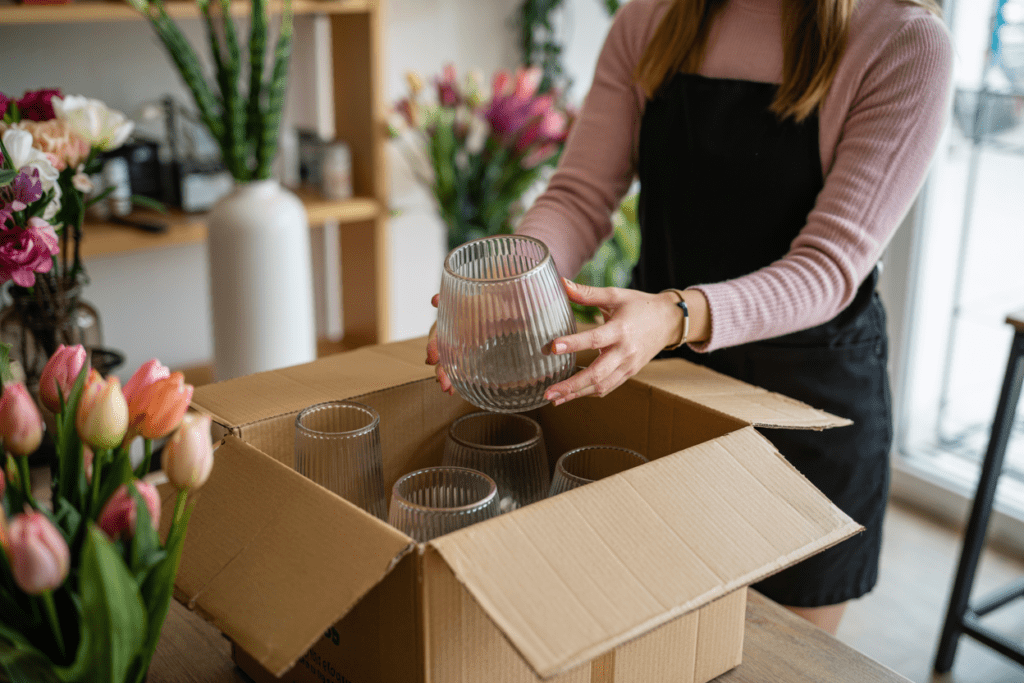
As the ever-evolving situation with tariffs creates some understandable panic/concern among floral industry buyers, navigating supply chain challenges is nothing new for industry suppliers, who are constantly navigating challenges to keep products flowing to florists. While government policies can influence costs, they’re just one piece of the puzzle in a highly complex, global system.
“The cost and global product availability depend on far more than just trade agreements and tariffs,” says Kelvin Frye of Syndicate Sales in the March/April issue of Floral Management. Factors like port congestion, currency fluctuations, and foreign government subsidies all impact what’s available and at what price.
Some disruptions can be anticipated — such as labor strikes or political instability — giving suppliers a chance to adjust. Others, like the COVID-19 pandemic or the Suez Canal blockage, are unexpected and require quick adaptation. With imported goods often taking 90 days to arrive, even minor delays can cause major gaps.
How do suppliers cope and ensure a steady supply of products to the floral marketplace? Find out in “Dodging Disruptions in the Floral Supply Chain” in the March/April issue of Floral Management.
Amanda Jedlinsky is the senior director of content and communications for the Society of American Florists.




